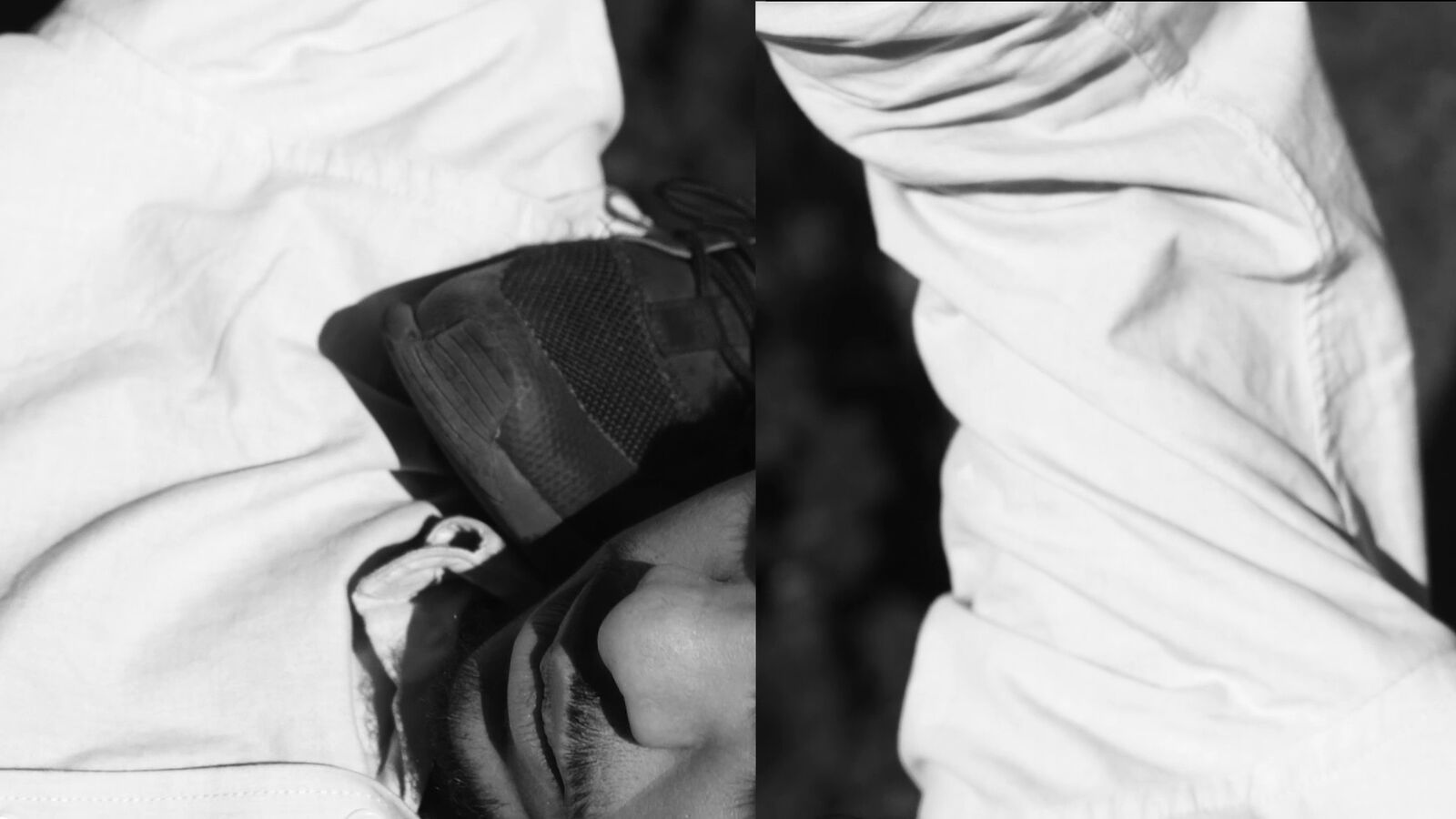Steffani Jemison – Samson Young “Decoders Recorders”
Looiersgracht 60, Amsterdam




Decoders - Recorders
7 July – 1 September 2019
Wednesday - Sunday
12:00 - 20:00
Looiersgracht 60
A Dual Solo with Steffani Jemison and Samson Young, presented by De Appel in collaboration with, and at Looiersgracht 60
De Appel, in its first collaboration with Looiersgracht 60, is delighted to announce Decoders - Recorders–a dual solo exhibition by New York-based Steffani Jemison and Hong Kong-based Samson Young. Each artist investigates distinct forms of notation, gesture, and alternative languages to articulate suppressed social histories and contemporary predicaments.
Decoders-Recorders is presented alongside the exhibition “Steffani Jemison: New Videos” at Stedelijk Museum Amsterdam, from 22 June to 29 September 2019.
Samson Young, a classical composer by training, makes works on paper, videos, performances, and complex installations that explore the geopolitical underpinnings of sound and linguistics. Born and based in Hong Kong, Young takes a particular interest in borders and binaries and the remaining dichotomies between “east” and “west” in places like his home, where post-colonialism defines every part of everyday life.
This exhibition will include Muted Chorus, the fifth iteration of Young’s Muted Situation series, a set of video installations that depict choral compositional performances (directed by Young) in which certain layers are intentionally muted, in order to recalibrate the way we perceive them. For Young, this deliberate suppression of the previously dominant voices “is a way to uncover the unheard and the marginalised, or to make apparent certain assumptions about hearing and sounding.” Alongside this and another video work, Lullaby (World Music), Decoders-Recorders includes a set of new, large-scale drawings, many shown here for the first time, titled Ancillary Motion. These works depart from the artist’s well-known notational sound drawings and instead take the form of coded, experimental scores dedicated to a specific instrument. The exhibition will further include collages from the series To Fanon, in which Young has obscured his own scores with print materials rendering them un-playable but living on instead as a visual key to the artist’s process.
Steffani Jemison, similarly multi-faceted, makes performances, videos, drawings, and sound recordings that explore forms of communicating outside of dominant languages. Over the course of the last ten years, she has created a body of work that demonstrates these alternative gestures as strategies of political resistance. Born and based in the United States, her work investigates physical expressions, stories, and codes of black history in America.
For this exhibition, which is the first opportunity to experience the full range of Jemison’s work in the Netherlands, De Appel has commissioned a new video work, 'In succession', inspired by news stories from the early 20th century of everyday people coming together in acrobatic formations to do miraculous things, including three black men, who in 1920, formed a human pyramid to save a white woman from a burning building. Alongside this new video commission, Decoders-Recorders will include an earlier video by Jemison, Escaped Lunatic, which questions the perception of young black men in American public space. Specially configured for the exhibition space of Looiersgracht 60, a selection of new and existing drawings on clear film and other surfaces, will be on display and continue Jemison’s interest in characters and markings from slave narratives, constructed languages, outsider artists, alternative alphabets, and utopian fiction. These works propose opacity as a political strategy and intentional obscurity as a way of re-claiming subjectivity and power. While spare and simple on the surface, each work corresponds to complex personal and social histories in which whole new forms of language were invented as a means of survival.
In situating these practices side by side, Decoders-Recorders demonstrates unique ways in which each artist embraces acts of coding, hiding, and abstraction to render historical research and express the otherwise inexpressible in contemporary social life.
Decoders-Recorders was initiated by Niels Van Tomme, curated by Rachael Rakes and is organized by De Appel in collaboration with, and at Looiersgracht 60.
Public programme:
Sunday, July 7th, 4pm
exhibition walk-through with Steffani Jemison.
Saturday, July 27th, 4pm
exhibition walk-through with Samson Young.
Sunday, September 1st, 4pm
For the finissage of Decoders - Recorders, Curator Rachael Rakes will give an insightful tour which will finish with an audience Q&A
Collaboration of De Appel and Looiersgracht 60
Both Looiersgracht 60 and De Appel emphasise close collaboration with artists, and exhibitions at each organisation are the products of long-term engagement with individual artists, often leading to the production of new works or new contexts. Whilst Looiersgracht 60 has always focused on productive relationships between art, design and architecture, De Appel distinguished itself early as a pioneer of performance and video and continues to open art to social change. From these individual histories—De Appel’s tracing back to 1974, and Looiersgracht 60’s to 2013—the two organisations are poised to form dynamic collaborations.
Ahead of the exhibition, on 27 June at De Appel, Jemison was joined by composer Justin Hicks for a one-night performance of their ongoing project “Mikrokosmos,” which takes songs from the black American songbook and re-composes them according to different musical pedagogical programs and contexts, such as SolReSol (or the Solfege system), the Kodaly method, and the choral methodologies of the black American church. This performance was also a record release event for Mikrokosmos’s re-composition of radical songwriter Gil Scott-Heron’s album We Almost Lost Detroit, which casts his songs as tools for “articulating revolutionary melancholy.”





